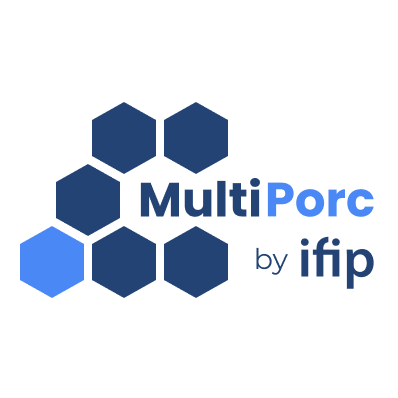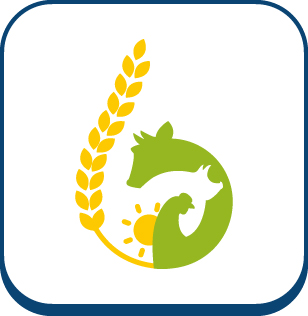Documentations
Implementation of an approach for the fast detection of food-borne bacterial pathogens in the pig and pork chain through the creation of a Joint Technological Unit ACTIA “FASTYPERS”
The Actia Fastypers Joint Technological Unit (2022-2027) has been created to gain a deeper insight into adaptation of Salmonella spp and Listeria monocytogenes (L. monocytogenes) enabling them to survive and…
Publié en 2023Does infrared spectroscopy allow the identification of Yersinia enterocolitica BT4 strains of porcine origin responsible for human’s infection?
In 2021, yersiniosis was still, the third most frequently reported human zoonosis in Europe, (EFSA and ECDC, 2021) with Yersinia enterocolitica being the most common Yersinia species reported in human…
Publié en 2023Monitoring of microbial ecology and Salmonella resistance in a pig slaughterhouse
Salmonella was responsible for 22,5% of reported outbreaks in EU in 2020. To guarantee food safety, a better understanding of microbial ecology and adaptation strategies on the food production chain…
Publié en 2023Emploi d’alternatives ou de teneurs réduites en sel nitrité : quel impact sur le comportement de L. monocytogenes durant la conservation de jambon cuit ?
Listeria monocytogenes est particulièrement bien adaptée aux environnements industriels froids et humides, et constitue un danger majeur pour les produits réfrigérés prêts à consommer. Le nitrite contribue à la sécurité…
Publié en 2023Cours des matières premières MAJ septembre 2023 - enregistrement audio IFIP
Léa Dulon, ingénieure d'études économiques à l'Ifip-Institut du porc établit un point de situation sur les marchés internationaux des matières premières. Enregistrement audio disponible ici. PorCast by ifip · Cours…
Publié en 2023Production porcine : l'évolution du marché après la période estivale - enregistrement audio IFIP
Elisa Husson, ingénieure d’études économiques à l’Ifip-institut du porc, réalise une synthèse de la situation économique que connaît la filière porcine française en cette rentrée de septembre 2023. Enregistrement audio…
Publié en 2023La concentration des abattages aux Etats Unis et en France - vidéo IFIP
Nicolas Rouault, ingénieur chargé d'études économiques sur les industries de la viande et de la transformation à l'IFIP, présente en vidéo Ecoporc de 3 minutes les mouvements de concentration des…
Publié en 2023Evolution des dépenses de santé dans les élevages français entre 2006 et 2016 à partir du dispositif GTE
La base de données de Gestion Technico-Économique (GTE) permet un suivi indirect et annuel de l’usage des antibiotiques et des vaccins à partir d’un réseau conséquent d’élevages.
Publié en 2023Centre de ressource sur la biosécurité en filière porcine
Pour répondre aux exigences réglementaires et aux enjeux de biosécurité en élevage et pour le transport des porcs, un site web dédié à la biosécurité est accessible à tous les…
Publié en 2023Actualisation du GBPH sur la biosécurité
La première version du Guide de Bonnes Pratiques d’Hygiène en élevage de porcs, rédigée en 2009, puis une mise à jour en 2018, n’avaient pas inclus d’éléments de l’arrêté biosécurité…
Publié en 2023Recensement du cheptel porcin entre 2022 et 2023 -enregistrement audio IFIP
Elisa Husson, ingénieure d’études économiques à l’Ifip-institut du porc, présente des résultats du recensement du cheptel porcin en France et en Europe, 12 octobre 2023. Enregistrement audio disponible ici. PorCast…
Publié en 2023La tendance à la baisse du marché porcin mondial - enregistrement audio IFIP
Analyse de la conjoncture actuelle de la filière porcine française en septembre 2023 par Elisa Husson, ingénieure d'études économiques à l'Ifip-institut du porc. Enregistrement audio disponible ici. PorCast by ifip…
Publié en 2023






